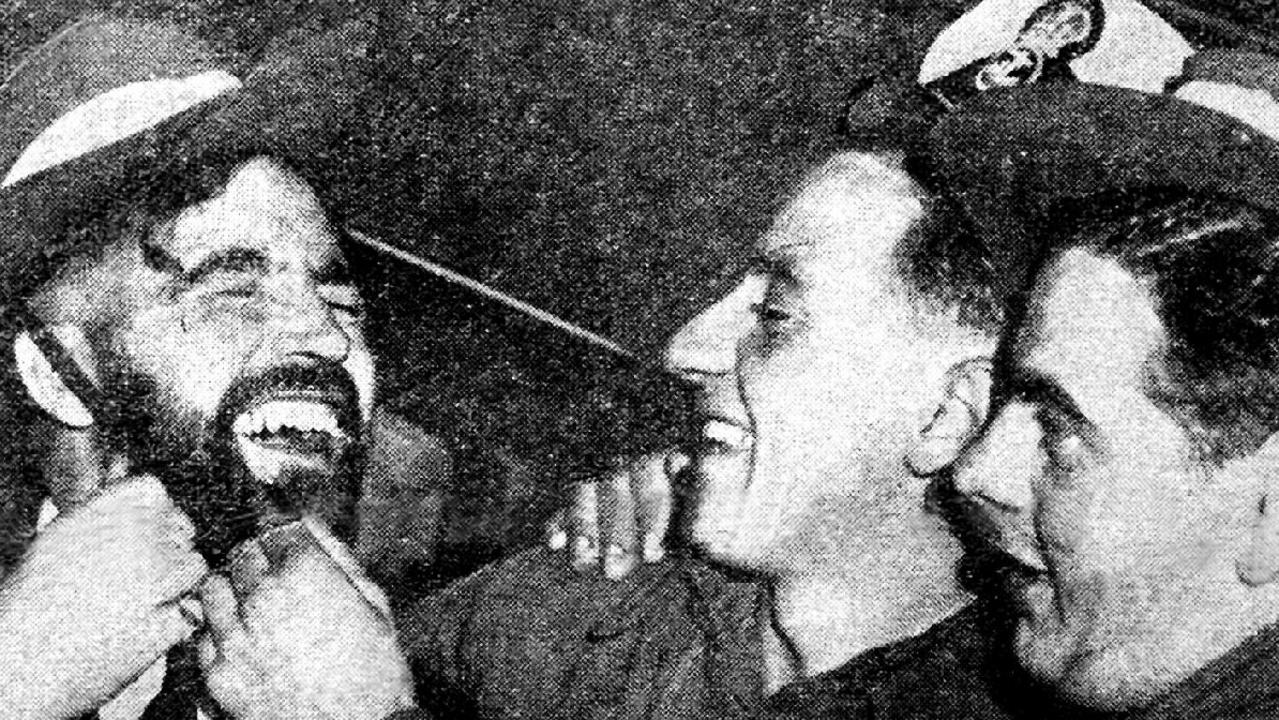Three decades of Australian Federal elections
FEDERAL elections have taken us through some turbulent times in the past 30 years. We track the highs and lows.
Opinion
Don't miss out on the headlines from Opinion. Followed categories will be added to My News.
2013, SEPTEMBER 7
WINNER: TONY ABBOTT
KEVIN RUDD V TONY ABBOTT
RESULT: Coalition 90 ALP 55 GREEN 1 INDEPENDENT 4
JULIA Gillard started the election year with the shock move of declaring in January that Australians would go to the polls on September 14. This consigned Australians to nine months of campaigning. But on June 26 Rudd ousted Gillard, then subsequently called the election for September 7. Abbott announced a tougher asylum seeker policy and a grand, later abandoned paid parental leave scheme. Support for independents and microparties, particularly in the Senate, reached record highs. But Abbott recorded a decisive win in the lower house, with a swing against Labor of 4.5 per cent.
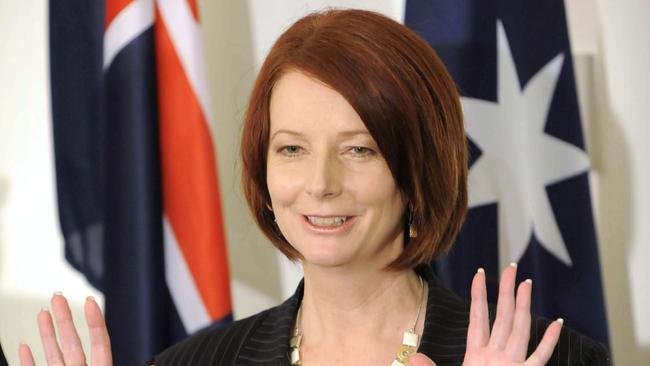
2010, AUGUST 21
WINNER: JULIA GILLARD
JULIA GILLARD V TONY ABBOTT
RESULT: ALP 72 COALITION 73 GREEN 1 INDEPENDENT 4
A REMARKABLE election, if mainly because the ALP had already thrown Kevin Rudd under the bus and installed his deputy, Julia Gillard, as PM. The nation’s first female leader was under pressure because of the circumstances of her elevation. Tony Abbott demonstrated his brutal effectiveness by taking the Coalition to the brink of power, all but ensuring he would lead it to the next election. It took weeks for the election to be finalised then Labor stitched up a deal with the independents to form government.
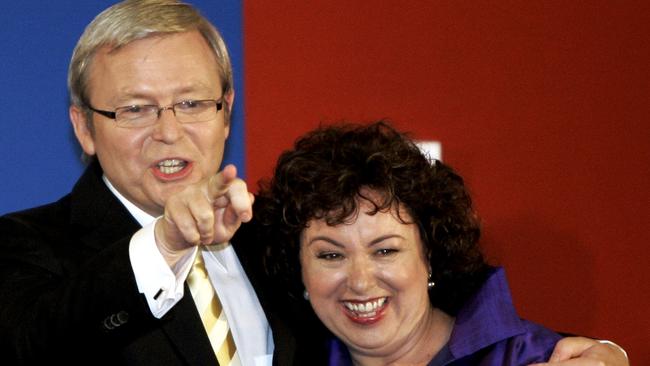
2007, NOVEMBER 24, KEVIN RUDD
WINNER: KEVIN RUDD
JOHN HOWARD V KEVIN RUDD
RESULT: ALP 83 COALITION 65 INDEPENDENT 2
THIS proved an election too far for Howard who not only lost the Prime Ministership but became only the second PM in history to lose his seat at the same time. Kevin Rudd ran an irresistible campaign, dubbed Kevin07’, that expertly used FM radio and television to reach younger audiences who are traditionally disconnected from politics. The Coalition was also hurt by the implementation of its WorkChoices industrial relations program which was seen as unfair by many. Labor won a 5 per cent swing and finished 53-47 ahead on two party preferred.

2004, OCTOBER 9: JOHN HOWARD
WINNER: JOHN HOWARD
JOHN HOWARD V MARK LATHAM
RESULT: COALITION 87 ALP 60 INDEPENDENT 3
LABOR under new leader Mark Latham started the campaign leading the polls. Latham had replaced the unpopular Simon Crean and Labor’s attempt at generational change contrasted well with the 64-year-old Howard. However, as the election year rolled on, Latham appeared increasingly unstable. Howard again defined the campaign by rhetorically asking: “Who do you trust to keep interest rates low?”. The Coalition won comfortably, increasing its margin by five seats, on the back of a 2 per cent swing.
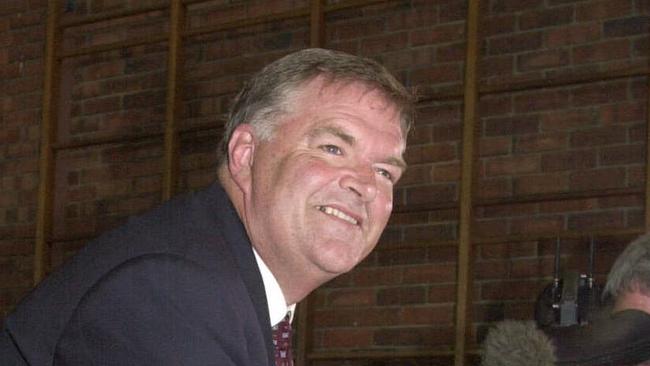
2001, NOVEMBER 10
WINNER: JOHN HOWARD
JOHN HOWARD V KIM BEAZLEY
RESULT: COALITION 82 ALP 65 INDEPENDENT 3
AN ELECTION held in the shadow of the September 11 attacks and only a few months after a ship called Tampa sparked national debate about how asylum seekers should be treated. The two issues conflated into one during the campaign and Howard positioned himself as a strong leader in difficult times with the election-defining phrase: “We will decide who comes to this country and under what circumstances.”
1998, OCTOBER 3
WINNER: JOHN HOWARD
JOHN HOWARD V KIM BEAZLEY
RESULT: COALITION 80 ALP 67 INDEPENDENT 1
JOHN Howard’s first campaign as Prime Minister was also nearly his last. The centrepiece of Howard’s battle was the introduction of a 10 per cent GST, the same tax that undid John Hewson in 1993. Howard survived the expected Labor scare campaign but saw a 40-seat Lower House majority trimmed to just 12. Labor even won the two-party preferred vote 51-49 as it secured a 5 per cent swing but it wasn’t enough, despite being Beazley’s finest electoral hour.
1996, MARCH 2
WINNER: JOHN HOWARD
PAUL KEATING V JOHN HOWARD
RESULT: COALITION 94 ALP 49 INDEPENDENT 5
AFTER 13 years, Labor’s ballot box ascendancy ended at the hands of John Howard. Paul Keating had destroyed both John Hewson and Alexander Downer but he could not master a reborn Howard. His line about the “recession we had to have’’ and his focus on big picture issues such as republicanism and indigenous affairs had left Keating isolated. The election saw a 5 per cent swing against the Government, with the ALP recording its lowest primary vote since the 1930s.
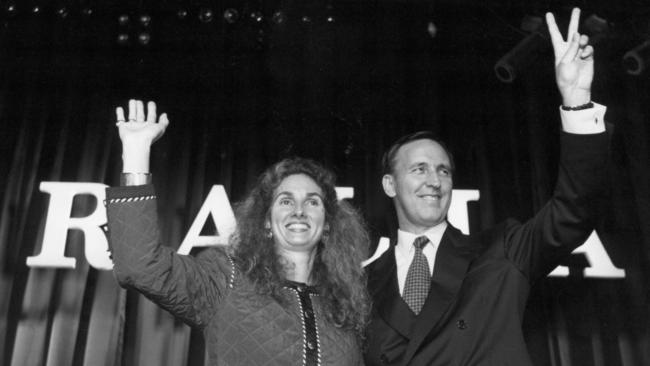
1993, MARCH 13
WINNER: PAUL KEATING
PAUL KEATING V JOHN HEWSON
RESULT: ALP 80 COALITION 65 INDEPENDENT 2
FAMOUSLY described by Keating as the “sweetest victory of all’’, the 1993 poll was seen as “unlosable’’ for the Liberals under new leader John Hewson. Hewson campaigned on his Fightback! manifesto. His worst moment was a TV interview when he couldn’t explain whether a birthday cake would cost more or less under his GST. The ALP won with a swing of 1.5 per cent.
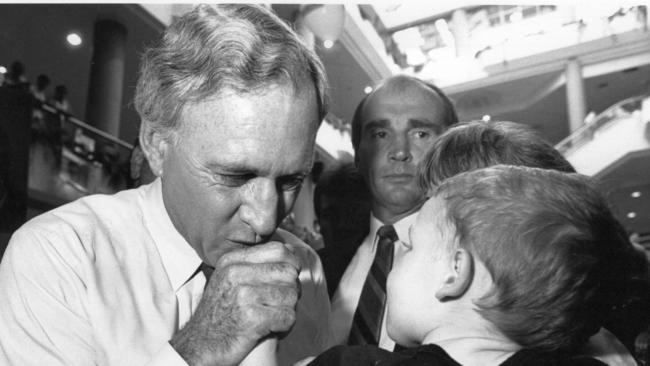
1990, MARCH 24
WINNER: BOB HAWKE
BOB HAWKE V ANDREW PEACOCK
RESULT: ALP 78 COALITION 69
INDEPENDENT 1
IT WAS an unprecedented fourth straight win for the ALP and Bob Hawke – but it was a close-run thing. The Government needed Green and independent preferences to get over the line. The now-bizarre plan for a Multifunction Polis at Gillman triggered furious debate over whether it would become a Japanese “enclave”. Interest rates were on their way to record levels, so many commentators felt this was an election Peacock should have won.
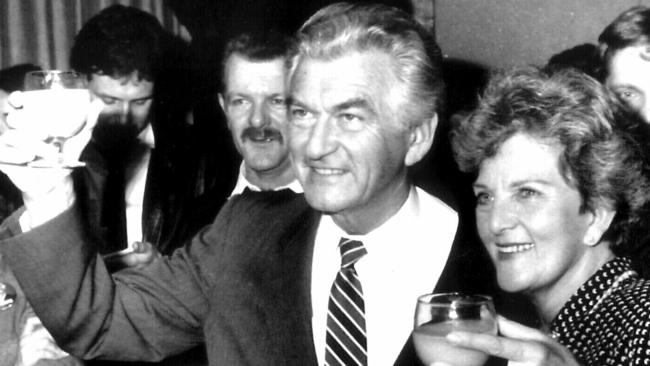
1987, JULY 11
WINNER, BOB HAWKE
BOB HAWKE V JOHN HOWARD
RESULT: ALP 86 COALITION 62
HAWKE became the first Labor PM to win three successive elections in Australia’s most recent double dissolution poll. He went to the election six months early to capitalise on instability within the Coalition. The double dissolution trigger was rejection of legislation for the Australia Card, a controversial plan for a national ID card for Australian citizens and foreign residents. The divided Coalition was further torn asunder by the shambles of the Joh for PM campaign. Despite all this, the Coalition achieved a swing of 1 per cent in its favour.

